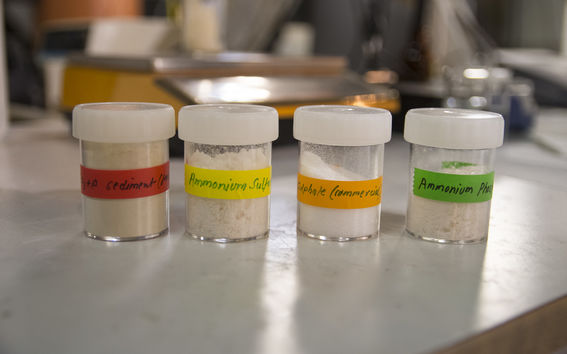Results

The NPHarvest process recovers P with 90+% and N with ~70% efficiency at its current form, although we're working on increasing the N recovery to 90+% as well. As the process is based on chemical precipitation and membrane stripping and thus it consumes very little energy compared to other nutrient recovery technologies.
It can be widely applied to different environments since we have our own pre-treatment process (which is also the P recovery). As long as the waste flow has high nutrient content, we can extract the them!
The end products that come out are solid P product with 1-3% P, 10% C and 8% Ca. It has been hygienized by high pH and in all quality tests we have conducted so far, the pollutant mass concentrations are below legislative limits or PNEC values found in literature. However, this might indicate that the waste flow we're treating has low pollutant concentrations.
Ammonia salts are liquid as they come out of the process. Ammonium sulphate is 2-3% in strength (~25 g/l), but ammonium phosphate or nitrate are also viable product options. The ammonia salt is pure, with pollutant concentrations below detection limit, thanks to the good pollutant rejection characteristics of the stripping membrane. We're currently investigating the best option to concentrate the acid.






